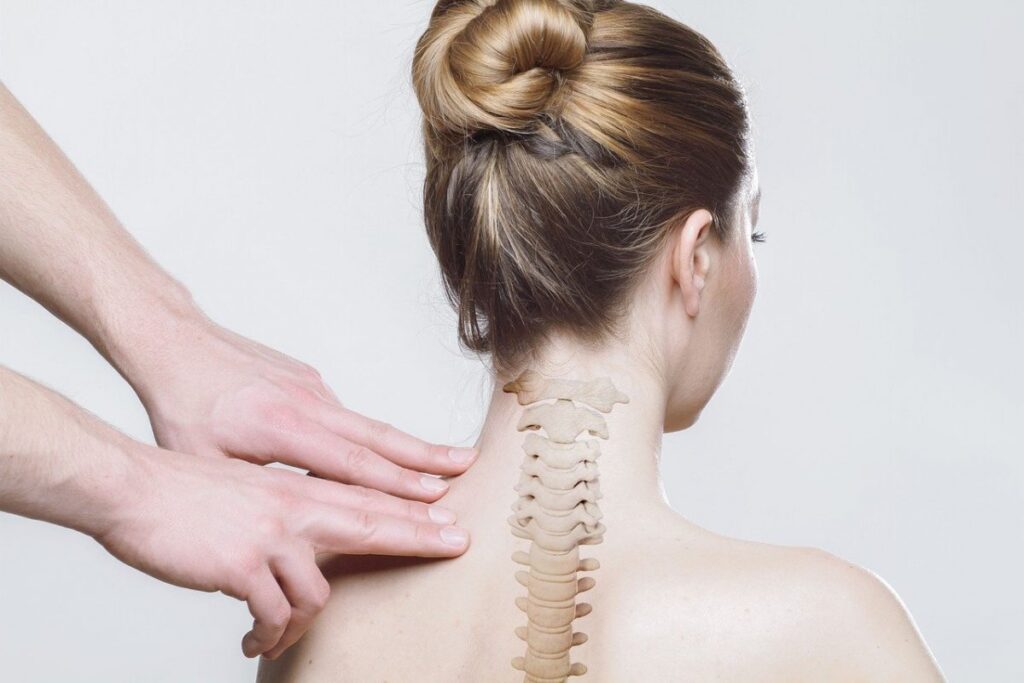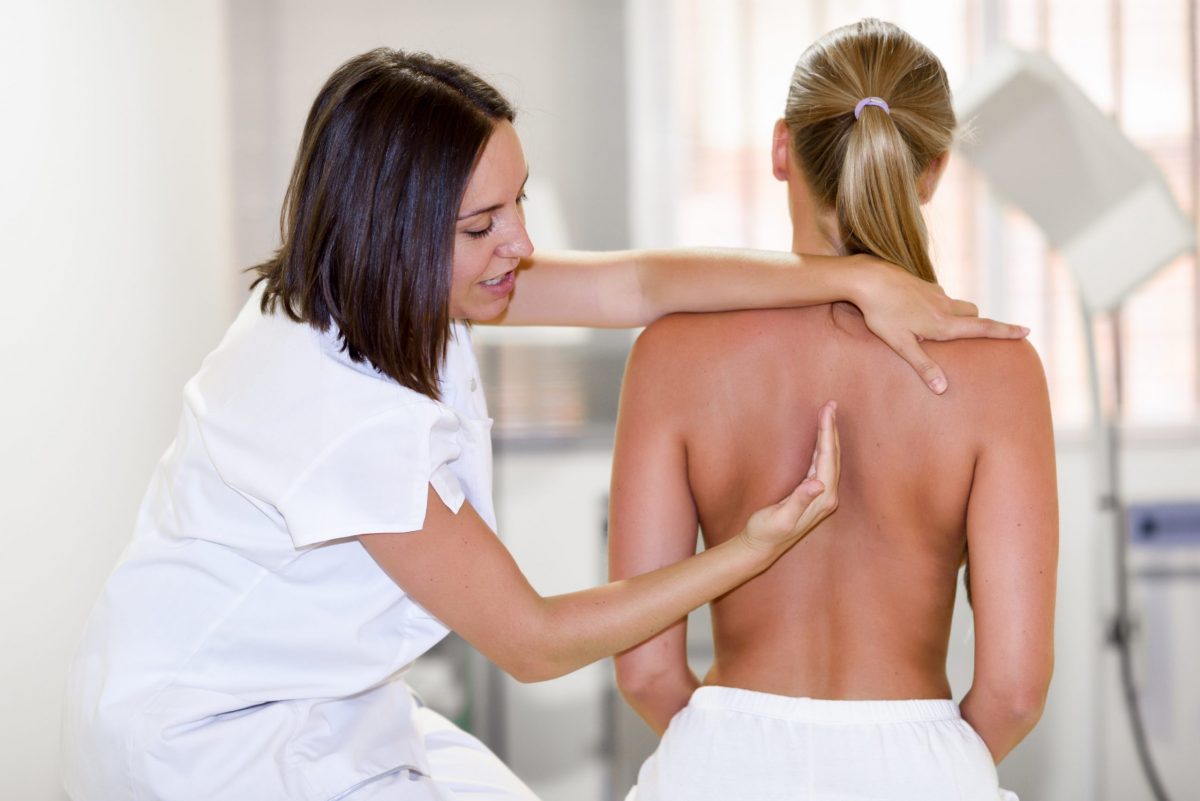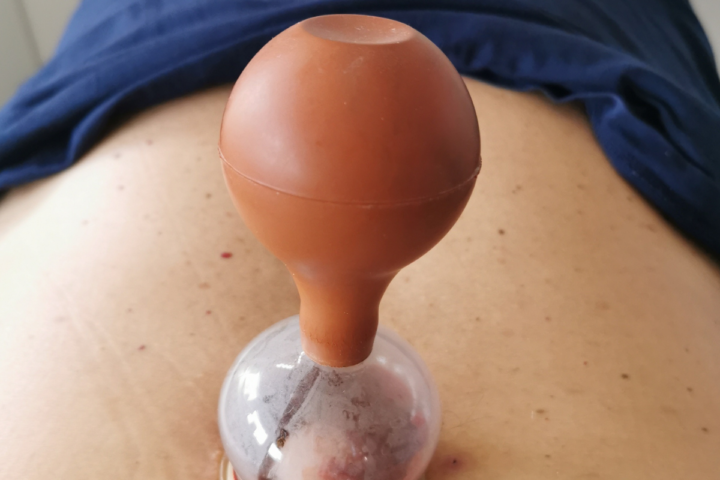The spine supports our entire body. Most of our problems with it start in childhood. The most common spinal column defects are a crooked, round or concave back. These can lead to degenerative changes in the spine, insufficiency of the circulatory and respiratory systems and poor function of the internal organs. They should therefore be prevented.
What does the spine consist of?
Spine sis made up of 33 or 34 vertebrae, 7 of which are cervical vertebrae. These allow the head to move sideways, up and down. To keep the spine flexible and to prevent the vertebrae from colliding with each other and crushing each other, they are separated by intervertebral discs called discs. These lie between the vertebrae on a thin layer of cartilage. At the centre of each disc is a so-called nucleus pulposus filled with a jelly-like substance. These discs act as shock absorbers when we move.
The most common spinal defects
The most common postural defects include:
Scoliosis - lateral curvature. The visible sign of this is an asymmetrical position of the shoulder blades. It is the most common spinal malformation, and one in 10 children now has it. The condition develops during the child's fastest growth period, between 6 and 24 months of age. Other periods in a child's life when this defect can appear are between 5 and 8 and 11 and 14 years of age. Causes of scoliosis include congenital malformations of the spine, poor pelvic structure, unequal leg length, and poor posture.
Lordosis - is the bending of the spine in the lumbar region towards the front. The back then becomes concave and the abdomen becomes protruding. Its cause can be: rickets, tuberculosis, paralysis back muscles and dislocation hips.
Kyphosis - an excessive backward curvature of the spine in the thoracic region. It can be caused by rickets or crushing the circle.

Back pain - causes
To causes of back pain include, above all:
- lack of movement,
- strain on the spine,
- PLNa postawa bodies,
- stress.
These factors lead to spinal disorders such as postural defects and degenerative diseases of the spine.
At state The spine is adversely affected by too small quantity movement, which results in progressive muscle weakness i excessiveym debitWith circlethat i drivethat. Also walking with the head down and the abdomen tucked ini to spinal deformity. Poods since modification of its natural curves, co induces dysfunction in the supportthat muscle. W the result, we suffer from postural defects a discs and joints, connectce individual vertebrae of the spine, are damaged. It is important to return to the fact that stressful situations also have a negative impact on the condition of the spine, as adrenaline causes prolonged tension and overloading of the muscles. Another reason for the occurrence of spinal defects is nhe correct way to lift heavy objects. Excessive strain on the spine occurs also during daily activities, kthat we carry out for an extended period of time without changing the position of the body.
Home remedies to prevent back pain
Przy lightch spinal pains we can use simple methods that can bring us relief. These include:
- gorating a bath,
- gploughinge or colde compressy,
- rice packs, apple cider vinegar, herbs such as rosemary, chamomile, or lavender, honey, white willow bark or basil,
- anti-inflammatory, warming and anti-edema ginger teas,
- exercises.
In case of persistent pain, necessary may prove to be rehabilitationa, adapted to the disorder in question. At times, when patients experience relief from it, they abandon further treatments, and soon the discomfort will be back get appear. Worksa with the therapist, in addition to the elimination of pain, aims to teach the patient correctych modelthat movementsych.




